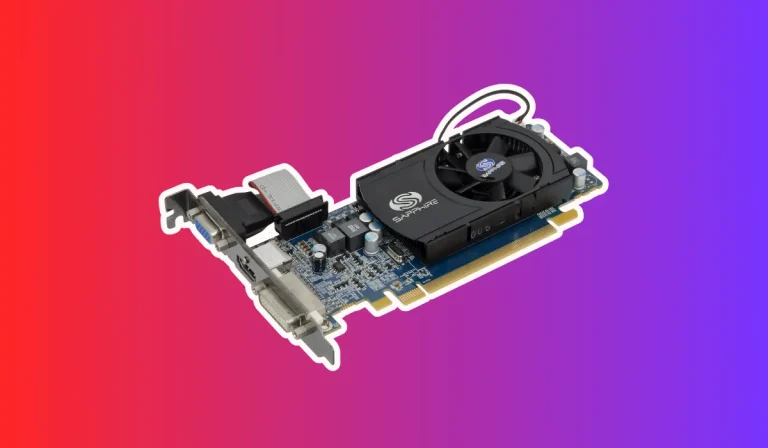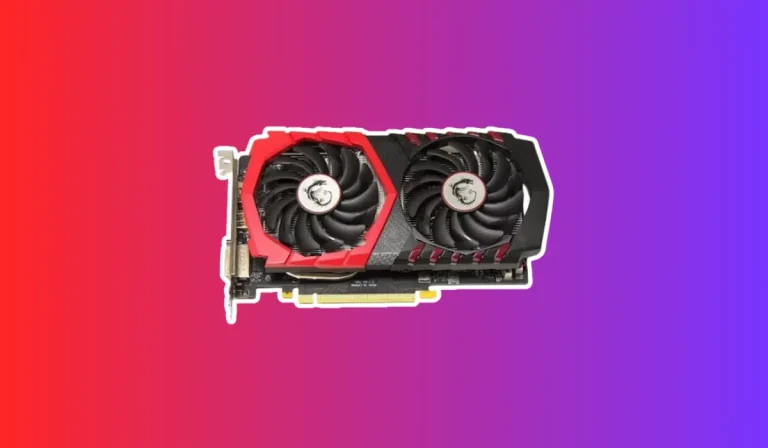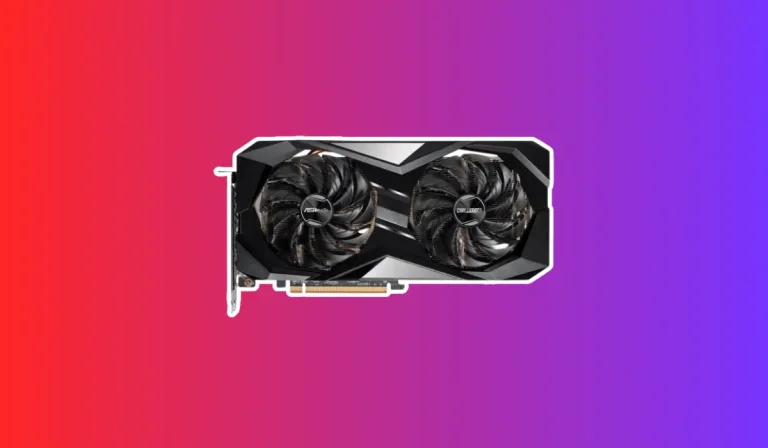How can I fix graphics card artifacts?
Have you ever noticed strange glitches or distortions on your computer screen while gaming or working? These visual anomalies are known as graphics card artifacts, and they can significantly impact your display experience.
What Causes Graphics Card Artifacts?
Overheating
One of the primary causes of graphics card artifacts is overheating. When a graphics card exceeds its safe temperature limits, it can lead to display issues. Overheating may occur due to inadequate cooling, blocked ventilation, or a malfunctioning fan. High temperatures can cause the GPU to produce incorrect calculations, resulting in visual anomalies on the screen.
Outdated or Incompatible Drivers
Graphics card drivers act as a bridge between the hardware and the software. Outdated or incompatible drivers can lead to conflicts between the graphics card and the operating system, resulting in artifacts. It is essential to regularly update drivers to ensure compatibility and resolve any known issues.
Hardware Malfunctions
Faulty hardware components, such as a damaged GPU or faulty VRAM (Video Random Access Memory), can cause graphics card artifacts. These issues may arise due to manufacturing defects, physical damage, or wear and tear over time. In such cases, repairing or replacing the faulty hardware component is necessary to resolve the display issues.
When to Seek Professional Assistance
Persistent Artifacts Despite Troubleshooting
If you have attempted various troubleshooting methods, such as updating drivers, cleaning the graphics card, or adjusting settings, but the artifacts persist, it may be a sign of a more complex underlying issue. In such cases, a professional technician can perform in-depth diagnostics and provide specialized solutions.
Physical Damage or Visible Hardware Issues
If you notice physical damage to your graphics card, such as bent pins, burnt components, or visible signs of malfunction, it is best to seek professional help. These issues may require expert repair or even replacement of the affected hardware components.
Warranty Coverage
If your graphics card is still under warranty, it is advisable to reach out to the manufacturer for assistance. Attempting DIY repairs or modifications can void the warranty. Contacting the manufacturer will ensure that the issue is addressed by trained technicians and that you receive the appropriate support or replacement if needed.
Preventing Graphics Card Artifacts
Regular Cleaning and Proper Airflow
Dust buildup on the graphics card can hinder proper cooling and airflow, leading to overheating and potential artifacts. Regularly clean the graphics card using compressed air or a soft brush to remove dust and debris. Additionally, ensure that your computer case has adequate ventilation and that the fans are functioning correctly to maintain optimal airflow.
Keeping Drivers and Software Up to Date
Outdated graphics card drivers or software can introduce compatibility issues and bugs that may result in artifacts. It’s important to regularly check for driver updates from the manufacturer’s website or use automatic driver update software.
Additionally, keeping your operating system and other relevant software up to date can also help prevent conflicts and ensure a smooth graphics card performance.
Avoiding Excessive Overclocking or Overheating
While overclocking can provide a performance boost, excessive overclocking can put undue stress on the graphics card, resulting in overheating and potential artifacts. Ensure that you follow proper guidelines and use reliable software when overclocking. Additionally, monitor the temperature of your graphics card using software utilities and avoid extended periods of high temperatures.
FAQ’s
1. What are graphics card artifacts, and why do they occur?
Graphics card artifacts are visual anomalies that appear on the screen, such as flickering, distorted images, or random pixels. They can occur due to factors like overheating, outdated drivers, or hardware malfunctions.
2. How can I fix graphics card artifacts caused by overheating?
To address overheating-related artifacts, ensure that your graphics card has proper ventilation and cooling. Clean any dust buildup on the card and fans regularly. Consider improving the airflow inside your computer case and monitor the temperature using software utilities.
3. What should I do if updating my graphics card drivers doesn’t fix the artifacts?
If updating drivers doesn’t resolve the issue, try uninstalling the current drivers completely and performing a clean installation of the latest drivers from the manufacturer’s website. If the problem persists, it may indicate a more complex hardware issue that requires professional assistance.
4. Can overclocking cause graphics card artifacts?
Yes, excessive overclocking can put undue stress on the graphics card, leading to overheating and potential artifacts. It is important to follow proper guidelines, use reliable software, and monitor temperatures to prevent issues related to overclocking.
5. Should I attempt to fix the physical damage on my graphics card myself?
It is generally not recommended to attempt DIY repairs on physically damaged graphics cards. Physical damage may require professional repair or even replacement of the affected hardware components. Seek assistance from a qualified technician or contact the manufacturer if your card is under warranty.
Conclusion
Encountering graphics card artifacts can be frustrating, but with the right steps, you can address and prevent them effectively. By troubleshooting, seeking professional assistance when needed, and adopting preventive measures, you can maintain a smooth display experience and ensure optimal graphics card performance.






